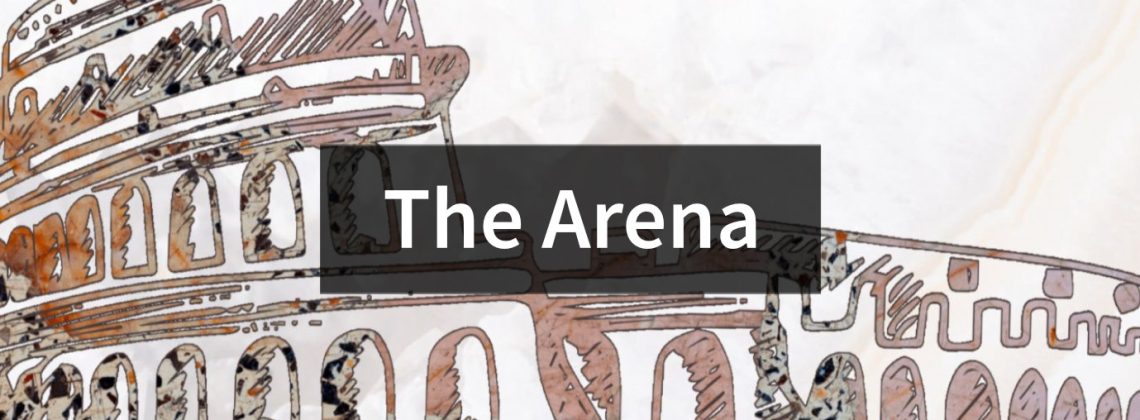

The unicorns are here!
***
Point: AI/bots can do anything! Even make the perfect toast!
Counterpoint: ancient historian Josh Nudell explains why AI peer review is a really, really bad idea. A taste:
LLMs are already being used, at least in some scientific fields, both to produce and to review “scholarship.” One analysis of peer review comments estimated up to 16.9% used LLM-generated text, with a significant portion coming from scholars who responded closer to the deadline and without substantively engaging with the authors during the discussion period. Every call to use LLMs in this way comes with the admonition that it must be used carefully and its responses screened, but these warnings clearly not being heeded, as indicated by the recent wave of howlers.
The peer-review process described in these scientific fields only loosely resembles the one I am used to, but the rapid adoption of LLMs for peer review in any field is a growing crisis that is only going to get worse as these “tools” get more ubiquitous. Moreover, as academic journals struggle to find reviewers and as demands on faculty time mount, pressure will grow to adopt ChatGPT or the like into the workflow in the name of efficiency.
For all of the problems with peer review, it remains in my experience an invaluable step in the academic process that can turn good scholarship into great scholarship.
***
Arena regular Jon D. Schaff reviews David Betz’s A Guarded Age: Fortification in the Twenty-First Century for Front Porch Republic. A taste from this truly brilliant review:
The modern conceit is that we “tear down walls,” walls between people, nations, economies, etc. Think of how free trade advocates speak of dismantling trade “barriers.” But, as Betz ably details, modern life comes at a price that has caused us to re-fortify, if only in slightly more camouflaged ways.
That is a military advance that causes a change in city architecture. As noted, economic and cultural changes also influence defensive architectural decisions. The thing about walls, Betz notes, is they not only keep people out—they also keep people in. City layout, including any exterior walls, alters the flow of people and goods. Eventually as trade becomes a high priority and people come to expect relatively free entry and exit from cities, the stereotypical walled city becomes a thing of the past. This is the rise of the modern open city.
This, however, did not mean the end of fortifications. Betz explains, for example, how the advent of air power meant that architects and engineers were required to reconsider how buildings are made. Such buildings must withstand a bombardment from the side but also from above. Further, in the modern world of terrorism, city planners and building designers need to think about threats such as car bombs, as seen in the tragic attack in Oklahoma City in 1995. If you ever wondered how much force is needed to destroy a building or kill a human, Betz has your answers. So, he takes us through adjustments modern buildings have made to minimize casualties in the advent of such an attack. In addition, he demonstrates the way traffic patterns and road planning are used by civil defense experts to try to minimize access to sensitive areas in densely packed urban environments. Betz painstakingly but intriguingly takes the reader through details of the “Ring of Steel” that protects London’s financial district.
***
My Doktorvater, whose own dissertation and first book was on fortification walls that surrounded the region around Athens (Fortress Attica!) is in action here talking about something he knows best—democracy!
***
We ran a two-day forum this week of Tim Carney’s new book, Family Unfriendly. If you missed it, the good news is that you can enjoy it now! Read Dixie Dillon Lane’s review of the book’s overall argument (“Why Aren’t Americans Having Children?”) and Ivana Greco’s deep dive into issues related to homemaking (“The Value of Homemakers”). Finally, you can check out my review, “Honey, We Shrunk the Family” over at Christianity Today. My conclusion? “The bride of Christ is not flawless in the here and now. Yet it is churches that have the capacity to create, at least in microcosm, a culture that is family friendly in a world that is not.”
***
Speaking of homemaking, Stephanie Murray, who writes regularly about parenting and family at The Atlantic, visited Public Discourse this week with this fabulous essay, “If We Value Homemaking, We Should Rethink Welfare Reform.”
***
Current’s Contributing Editor Tim Larsen reviews Marilynne Robinson’s Reading Genesis for Marginalia Review of Books.
***
I was thrilled to see Ovid scholar and translator extraordinaire Stephanie McCarter’s report about the new journal, Ovidius, which will publish not only academic work on Ovid, but also “translations and pieces of original creative writing with an Ovidian theme.” Clarification added: Stephanie’s announcement is not in any official capacity, and more information is coming from the editors; I am excited to see this journal materialize, and Stephanie is on the editorial board.
***
Finally, if you’re in the vicinity of Anderson, SC, I’m giving a Women’s History Month lecture at Anderson University this Monday, (March 25) at 5pm. The title is “Erasing Motherhood: Scientific Misogyny from the Bronze Age to Whole Body Gestational Donation,” and it’s basically a preview of my forthcoming IVP book, which now has a release date: October 15th!
On a side note, it is graphic designers who create covers like this who are unsung heroes of the publishing world. I’m in love: the mosaic! The Legos! The Ara Pacis! The mirroring of the ancient and modern!
